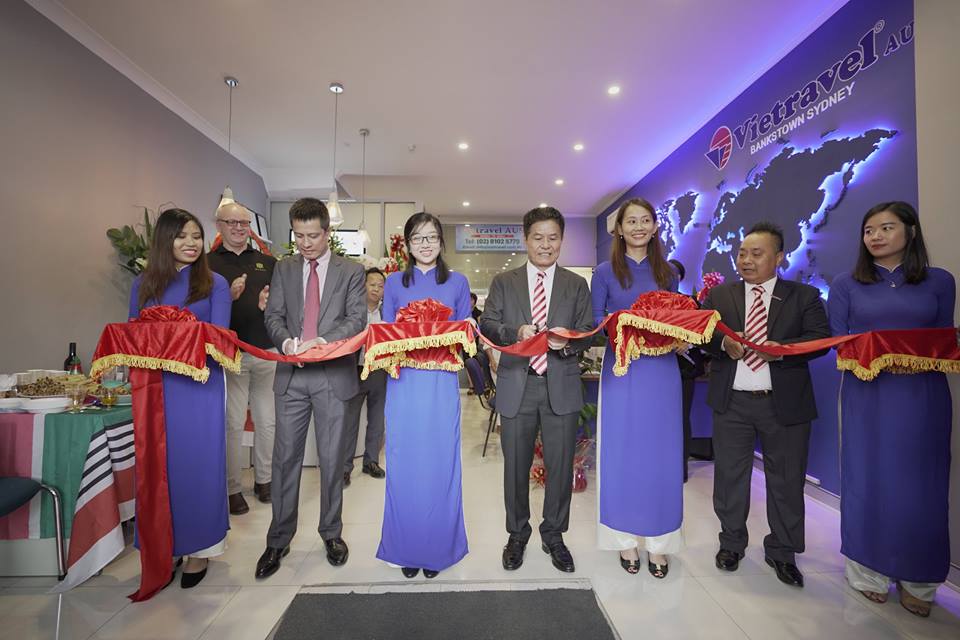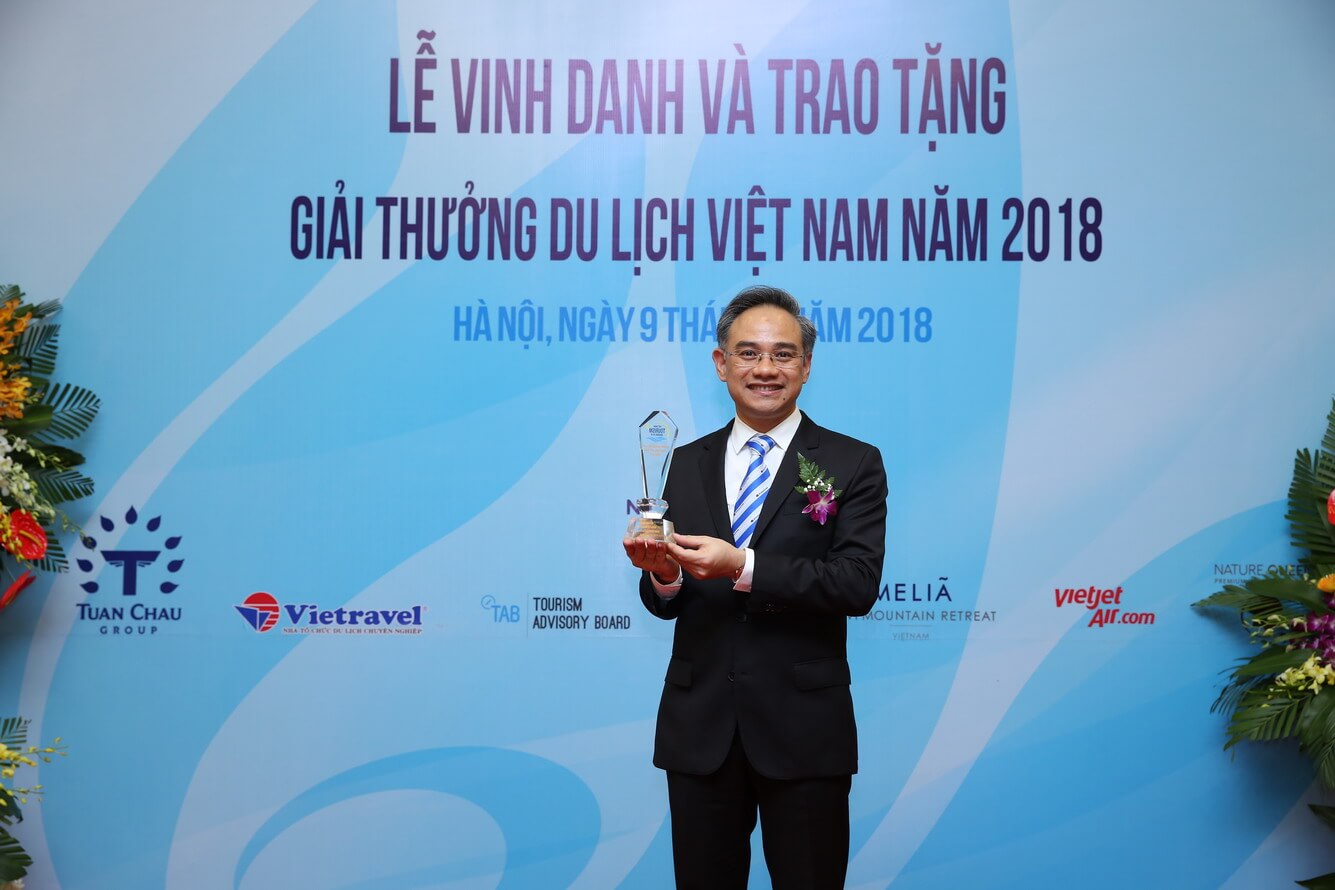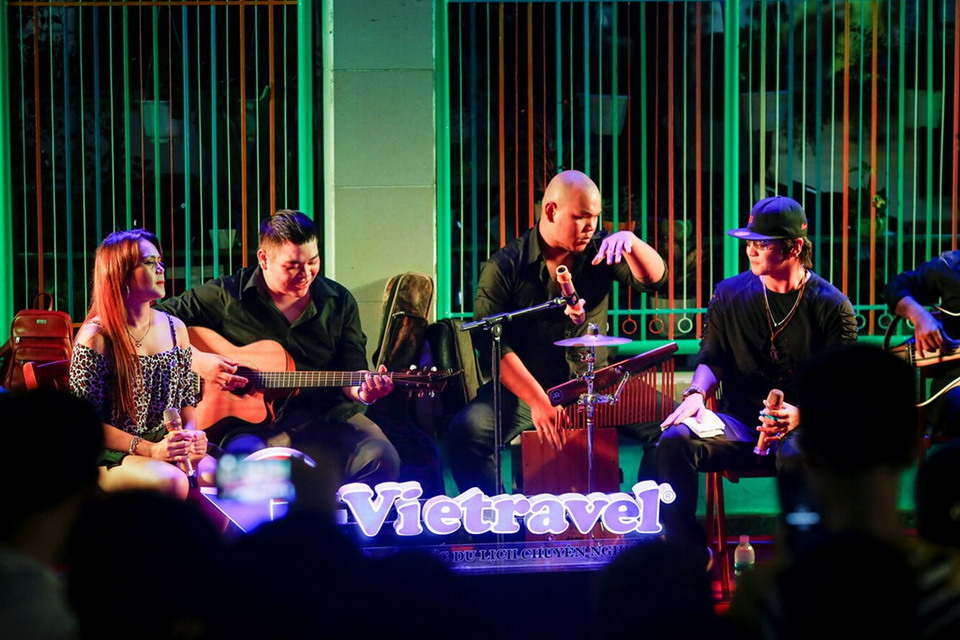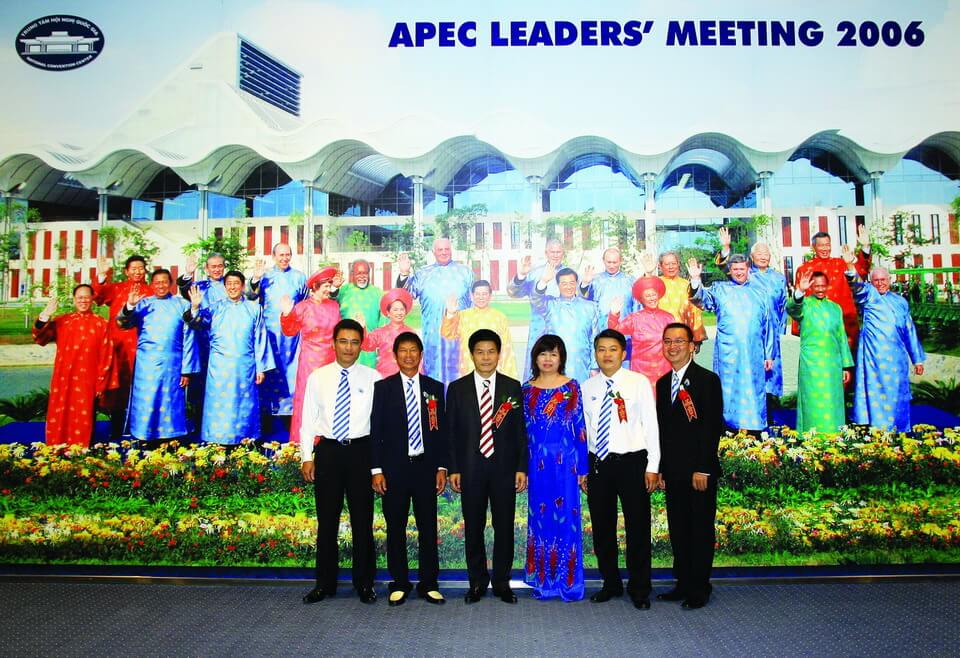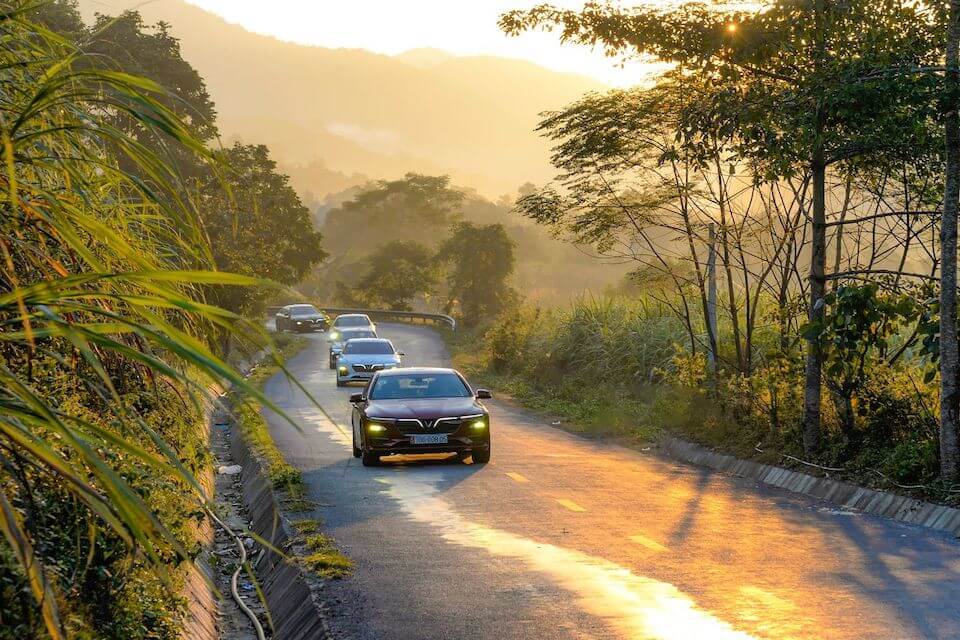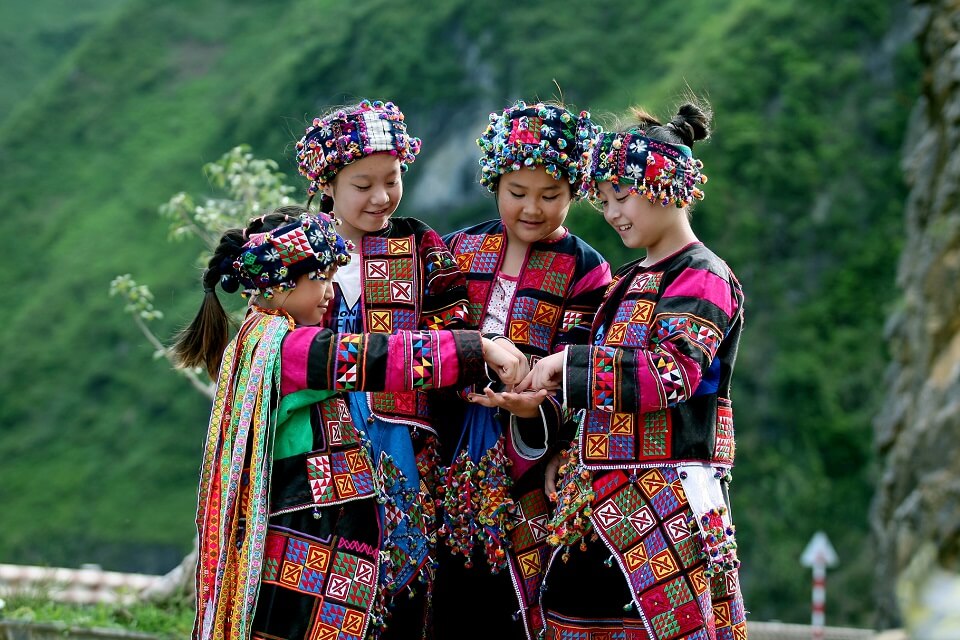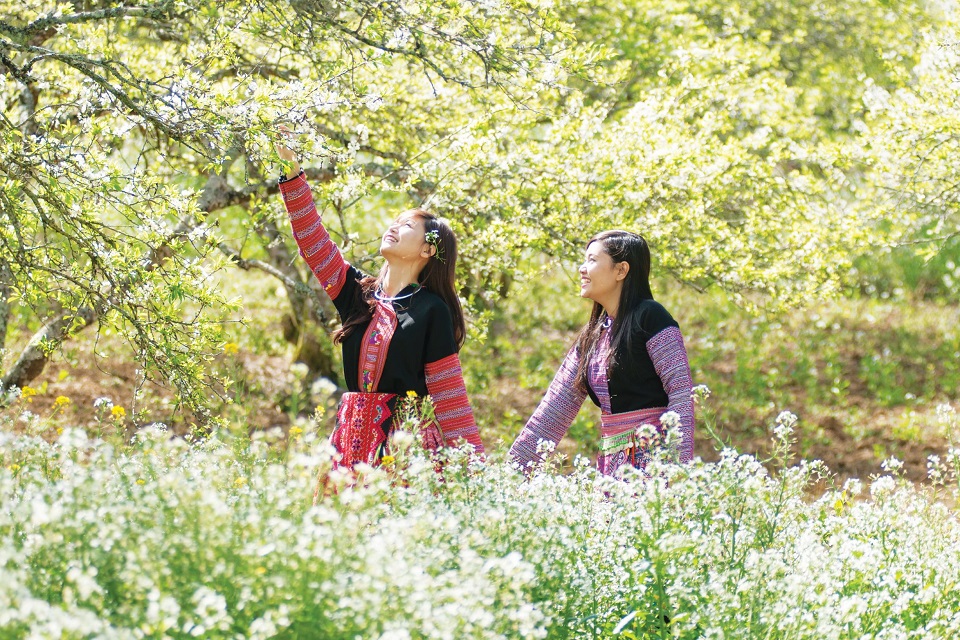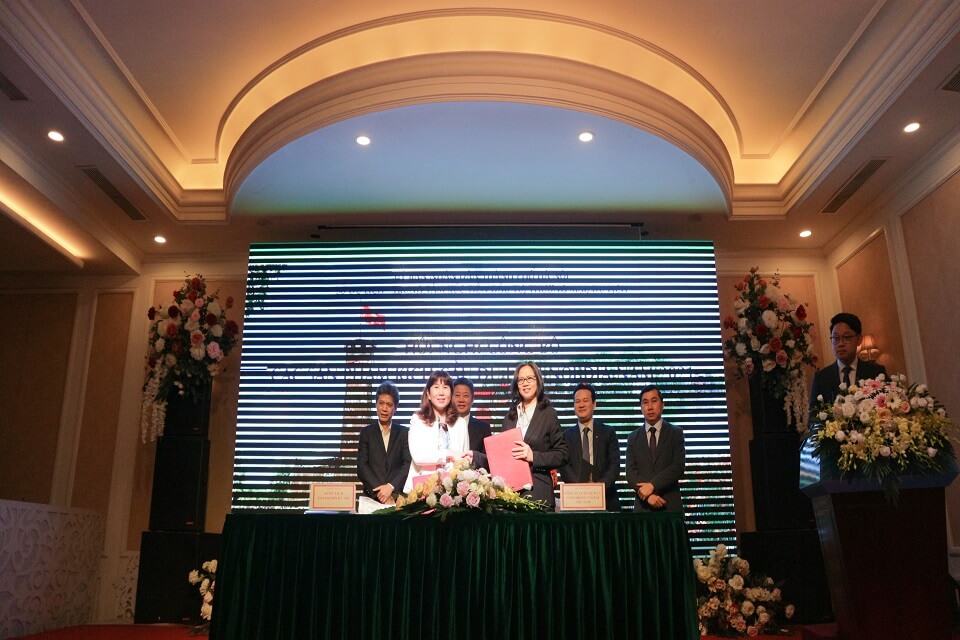Nara: Where Japan Began
If you think of Japan as a land of bullet trains and J-pop in Shinjuku storefronts, come to Nara—a city filled with rolling hills, ancient temples, and 1,200 entitled Bambis roaming its old streets. Pico Iyer reveals the Land of the Rising Sun's silent, sepia side
If, when you think of Japan, you imagine bullet trains and capsule hotels and narrow lanes ablaze with winking lights, then replace those images with empty space. Put aside every dystopian thought you've ever collected from Blade Runner or Lost in Translation and, instead of yellow-haired punks and gothic Lolitas, picture heaps of autumn leaves. Bundle together the din of J-pop, baseball fanatics, and the world's most crowded train stations and superimpose upon them pure silence.
Now you're in something like the vast open space that is Nara, twenty miles south of Kyoto. The little sign in my engagingly unglamorous room at the Nara Hotel reads please, no fire in the fireplace. The photographs on the wooden walls of the creaking two-story room are of earlier visitors—emperors and their families, some offering ghostly waves as if from another world. Behind the wooden front desk stands an enormous old black safe, almost as tall as I am, and across from it, in the lobby, is what could pass for a little Shinto shrine complete with growling leonine temple guardians. The hotel, which could stand in for a Scottish hunting lodge in a local production of Ivanhoe, is more than a hundred years old, and the only staff in evidence this sweaty midsummer dawn are two deer, waiting at the entrance where doormen might be expected. I walk along the driveway, under the Prussian-blue skies of 4:45 a.m., and orange lanterns lead me deeper into the silent dark.
A hotel close to the middle of a deer park? A bustling city of almost 400,000 people—more populous than Pittsburgh—that has at its heart nothing but rolling hills, ancient temples, and 1,200 imperious Bambis walking through its central streets at their whim? Nara is not your usual 1,300-year-old ancient former capital. The signs on its narrow roads, not far from City Hall, direct you toward the Kasugayama Primeval Forest. My map pointed out ancient burial mounds all around downtown. Centuries before anyone had heard of Delhi or Shanghai or London or Paris—and long before anywhere called Kyoto (let alone Tokyo) existed—Nara was the first permanent capital of Japan, and the place where the country began to establish itself as a Buddhist kingdom. But in a.d. 784—seventy-four years after the court arrived here—the capital moved to Kyoto, and over the next thousand-odd years, Nara's neighbor became the center of imperial refinement, where kimono and Zen gardens and geisha and tea ceremonies flowered and came to define the spirit of Japan.
Today, most visitors favor Nara with an easy day-trip from Kyoto. But I live in Nara, and have grown to see how absence can have a power of its own, and how what's overlooked may pack a punch that the visited often lacks. Kyoto may be where Japan learned to wrap everything in courtesy and gossamer surfaces and smiles that leave you at once warmed and a little shut out. But Nara is the enigmatic, plain stone object—very probably sacred—which sits inside that beautifully wrapped box.
Like most foreigners, I went straight to Kyoto twenty-four years ago when I left New York to live in Japan, knowing that it would put me right in the heart of the Basho poems and Hiroshige woodcuts I'd savored from afar. But five years later, my Japanese sweetheart found herself moving to Nara, and I ended up in a modern suburb called Shikanodai, or "Deer's Slope." As I settled in, I learned how rich a city can be if it's not burdened with self-consciousness—and all the attention that comes from being a capital for ten centuries.
Before Nara was made the center of the newly forming nation, the capital had moved each time an emperor died, so that it would not be contaminated with the memory of an imperial death. And so prior to Nara, the court had settled in Asuka, only twelve miles away. And before that, Prince Shotoku—generally described as the founding father of Japan—had built a great temple in Horyuji, just nine miles from central Nara. Indeed, in Japanese mythology, the very first human ruler of the land, the Jimmu Emperor, set up his palace in the Yamato Plain, south of Nara, almost 660 years before the birth of Christ. Which means that all of Japan's earliest history is set amid the rice paddies and running streams of greater Nara, where grand temples like Murou-ji and Hase-dera tower above villages, and even the latticed windows in the central shrine known as Kasuga Taisha are officially designated "Important Cultural Property."
And so it is not surprising that Nara is, in many ways, where Japan became Japan. When the empire arrived in Nara in the eighth century—and decided to stay—the new court became the place where the folkloric animism of Japanese-born Shintoism merged quite naturally with the Buddhism that was streaming in from China. Shintoism gave the city—and Japanese culture as a whole—its sense of hills and fields teeming with spirits (and an emperor who was said to be a direct descendant of the Sun Goddess). Buddhism gave it its sense of gravitas and a grounding for a life that never forgets the inevitability of death. In 768, a deity was rumored to have been seen riding a white deer over the hills in Nara; that image seemed to echo the deer park where the Buddha was said to have delivered his first discourse, near Varanasi, in India. (Ever since, the deer here have been considered sacred.)
Yet even during its seven decades of power, Heijokyo, as Nara was then called, was never a glittery place. Its single-story unpainted palaces and temples were laid along a Chinese grid, making the land itself a kind of shrine. Today, many of these structures remain. The oldest wooden buildings in the world, dating back to 607, are at Horyu-ji. The largest wooden structure in the world is said to be Todaiji, the great temple at the heart of Nara, containing a 250-plus-ton Buddha, the world's largest bronze casting. Kasuga Taisha, a thirty-minute walk through the deer park from Todai-ji, is the second-most important Shinto shrine in the land (after Ise, to the east), the long tree-lined walkway leading up to it guarded by two thousand stone lanterns and what feels like centuries of spirits, haunting relics of its former, fleeting glory.

For my Kyoto-born wife, Nara is the last word in backwardness: a rural outpost without any of the stylish boutiques, exquisite manners, or cosmopolitan flavors of her hometown. There was a Starbucks outlet in the basement of the Kintetsu Nara train station, but it closed down. There was an eight-screen cinema near Sarusawa Pond, the central body of water, where an empress once plunged to her death, but it shut its doors last year. In the Nara Hotel, certainly the most distinctive place to stay—as incongruous as Dr. Who's telephone booth in the middle of streamlined modern Japan—all you can hear, often, is the grandfather clock ticking away in the lounge.
Friends from afar, though, seem quite taken with this world that looks to have been fashioned more by the haunted writer W. G. Sebald than by Disney. Our first stop is always Todai-ji, whose Great Buddha is Nara's one obligatory tourist sight. As you walk through its Nandai-mon gate—a huge portal erected without nails—you notice that one of the most famous Buddhist treasures in the world is ruled, so it seems, by deer. Long-antlered, vocal, and the least shy creatures in Japan, they are everywhere: chasing a matron into a souvenir shop, gently butting a toddler who refuses to part with his pacifier, eating maps out of the hands of startled visitors from Paris or Beijing.
Around the corner from the temple's southern gate, a five-minute walk away in a quiet lane of old houses, are Isui-en and Yoshiki-en, a pair of adjoining gardens that offer all the variety and calm of a celebrated Kyoto spot but without the crowds. If my visitors are energetic enough, we stroll all the way up to Nigatsu-do, the solemn temple that sits above Todai-ji, its heady incense giving the streets and buildings far below a sense of ceremony.
Yet Nara is mostly a place for getting lost and meandering, as if rummaging through the country's attic—one in which almost every object has some musty or evocative interest, even if none is quite worthy of a museum. As we stumble across a hill in the deer park, we suddenly find ourselves in front of a Buddhist pavilion on a pond, watercolor hills wreathed in mist behind it and zari-gani crayfish slithering around its paths. As we walk up a slope away from the pavilion, Ukimido, we find ourselves in a grove of flowering plum trees, near a wooden building used centuries ago for storing Buddhist sutras.
In the largely silent streets of modern Nara, on the far side of the deer park, we come upon a museum of photography (nearly always empty) and the large and elegant house once owned by the twentieth-century novelist Naoya Shiga. "Has Nara changed much in the years you've known it?" I recently asked a retired high school teacher as we sat in one of Shiga's rooms, fanning ourselves on a hot summer afternoon, new friends.
"Don't ask me!" he said, in what I took to be the characteristic tone of Nara. "I've lived my whole life here. I'm just a frog who sees a small piece of sky and thinks it is the world."
As might be expected, the city whose primary souvenirs are Buddha hand-puppets and tie clips made of antlers never did develop a very worldly sense of how to celebrate its thirteen hundredth birthday last year. An art professor designed a mascot—Sento-kun—for the event, but to an unenlightened heathen like me he looked like a Buddha with antlers, bringing together the city's two most famous elements in a hideous mutant. By his side stood two alternative mascots: a deer called Roku-chan, and Manto-kun, who could have been mistaken for a potato with a temple on his head.
"Is he a deer too?" I once asked a woman selling teacups, hankies, and milk cookies emblazoned with these images.
"Uh, maybe," she said, eager not to offend. "I think he's something of a time traveler." A visitor, perhaps, from an age in which root vegetables can sport temple roofs.
In honor of the anniversary, the old imperial palace was reconstructed—at great expense—amid empty fields. One day, I walked through the deer park only to learn that I couldn't enter the Nara Hotel because the emperor was in residence, here to be part of the commemorative events. Four hours later, a group of six hundred or seven hundred people were assembling in the dark, carrying lanterns and calling out "Banzai!" as they prepared to march off to greet the emperor. Sarah Brightman came to sing in the courtyard outside Todai-ji, and I spent one bright day with the Dalai Lama, visiting every private corner of Nara's central temple and then watching him deliver a public talk behind Todai-ji, the autumn light flooding through the red and yellow and golden leaves all around.
Yet Nara really remains most appealing when it's not trying to be anything at all. Its area of quiet, lanterned streets from the nineteenth century—Nara-machi—is atmospheric and quaint, but it looks empty next to Gion, Kyoto's geisha district. There is a famous sake shop in town that serves sake ice cream, and there are stuffed monkeys crouching on the older streets to ward off evil spirits, but the real charm of Nara lies in its very neglectedness, the fact that you can walk for ten minutes among the trees at night and not come across another soul. There are falafel joints and French bistros in and around its central arcade, but they give way very soon to a darkness in which all you can see are the great temples outlined in the gloom and all you can hear are the plaintive wails of deer, letting out what sound like mating calls.
"Nara people are very local," a friend—Shuji Yamashita, who has spent the last twenty years crisscrossing Japan—told me as we strolled through the park one quiet afternoon. Around us were road signs with prancing deer on them, gently reminding drivers of the price to be paid if they deliberately hit one; a particular thirteen-story stone pagoda up the road from Sarusawa Pond commemorates the legend of a small boy who killed a deer by mistake and was rewarded with a death sentence. "In Asuka and around Horyu-ji, not far from here," Shuji said, "there's still a kind of mystery. Even the weather is different in those places, the way the sun rises and sets. You can still feel a real connection between the temples and the community, like in classic Japan. It's romantic."
Walking through the deer park on a recent evening, I passed women in kimono bearing delicate flashlights, leading some dignitaries in suits and ties along the small, dark paths among the watching deer. I came to a temple that recalls Nara's status as the eastern terminus of the Silk Road, and construction barriers and yellow cranes surrounded all the sites that were meant to be on public display; only the fifteen heads watching me, motionless, between the trees, seemed to be playing their part on cue. Then, after heading up the spectral driveway of the Nara Hotel, I entered its bar—it was 8:30 on a Saturday night—to find precisely one customer, a shy-looking woman sipping a cocktail. In the reading room next door, all the chairs were empty. A photograph of Albert Einstein, clanking away on the house piano eighty years before, sat a little crookedly above the roped-off instrument. Some minutes later, two more young women arrived and proceeded to set up a game of Go in one corner, near a bust of José Laurel, who was installed by Japan as president of the Philippines during World War II and exiled to Nara in 1945.
I'd always thought of Nara as Kyoto's gruff older brother, the one who doesn't bother to talk to anyone at all but simply putters about his garden, muttering absentmindedly to himself. But now I realized that there was a deeper difference between the two ancient capitals, one which still markets itself as Japan's old capital and one which is mostly forgotten. Nara, I had come to see, is the pause—or is it just the question mark—that comes after Kyoto's rich and brocaded sentences. The empty space, as classical Japan is always trying to teach us, is at least as important as everything that surrounds it.
(Sources: Pico Iyer, Photo: Pico Iyer, http://www.cntraveler.com)

Vietravel proud to bring Vietnam tourism to the world
With the title of “World’s Leading Group Tour Operator 2017”, Vietravel has become the first Vietnam ...
Vietravel to receive the TTG Travel Awards for the sixth time
In the evening of September 28, 2017, at the Centara Grand Hotel (Bangkok, Thailand), Vietravel Comp ...
Vietravel to support the opening ceremony of walking street of Hue City
Known as the leading travel company in Vietnam, always associated with the development of locality, ...
Vietravel to provide services for World Scholar's Cup 2017
From June 25 to July 1, 2017, the World Scholar's Cup will be held in Hanoi, Vietnam for high school ...
Vietravel to honorably take over the transportation service for the 2017 APEC summit
Based on the direction of Deputy Prime Minister Pham Binh Minh, Chairman of APEC National Committee ...
Vietravel organizes Vietnamese Famtrip for delegations from Iran
Vietravel is honored as an organizational unit and is the main sponsor for Famtrip tourism delegatio ...








